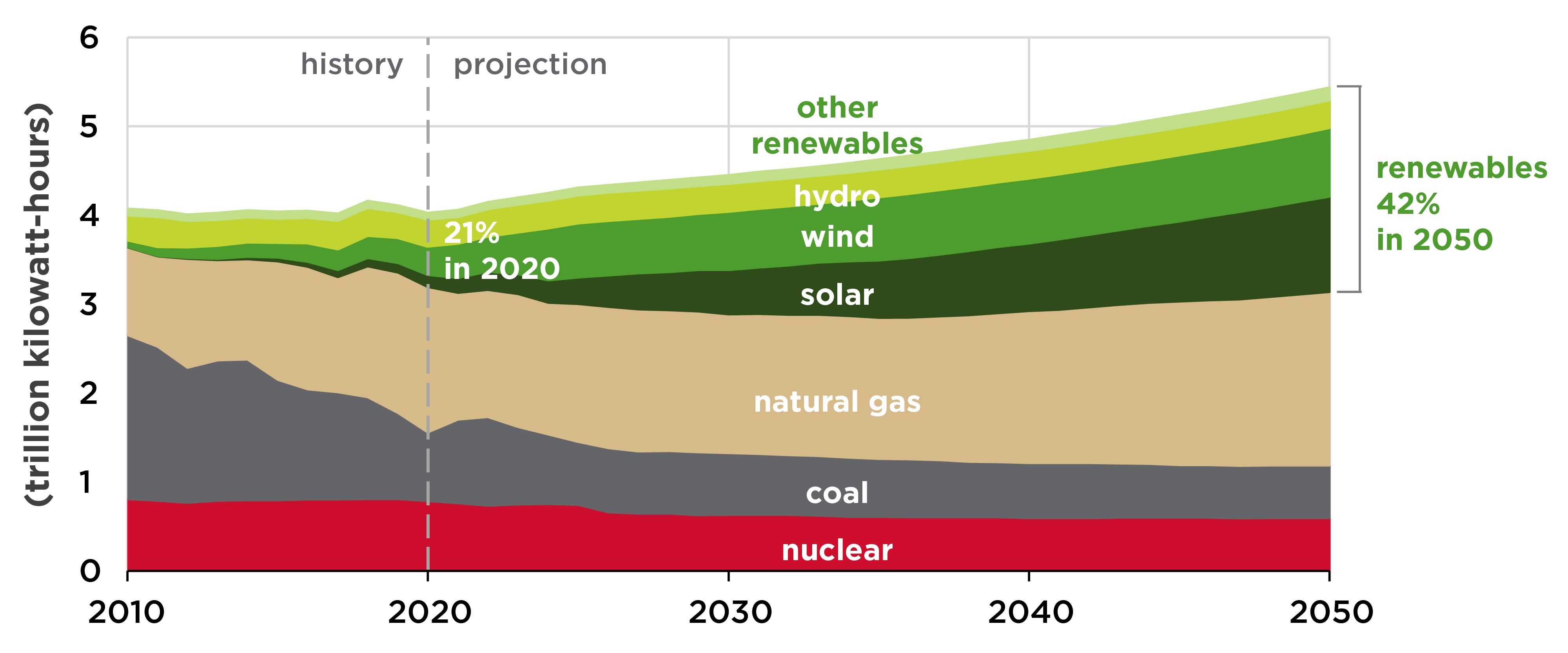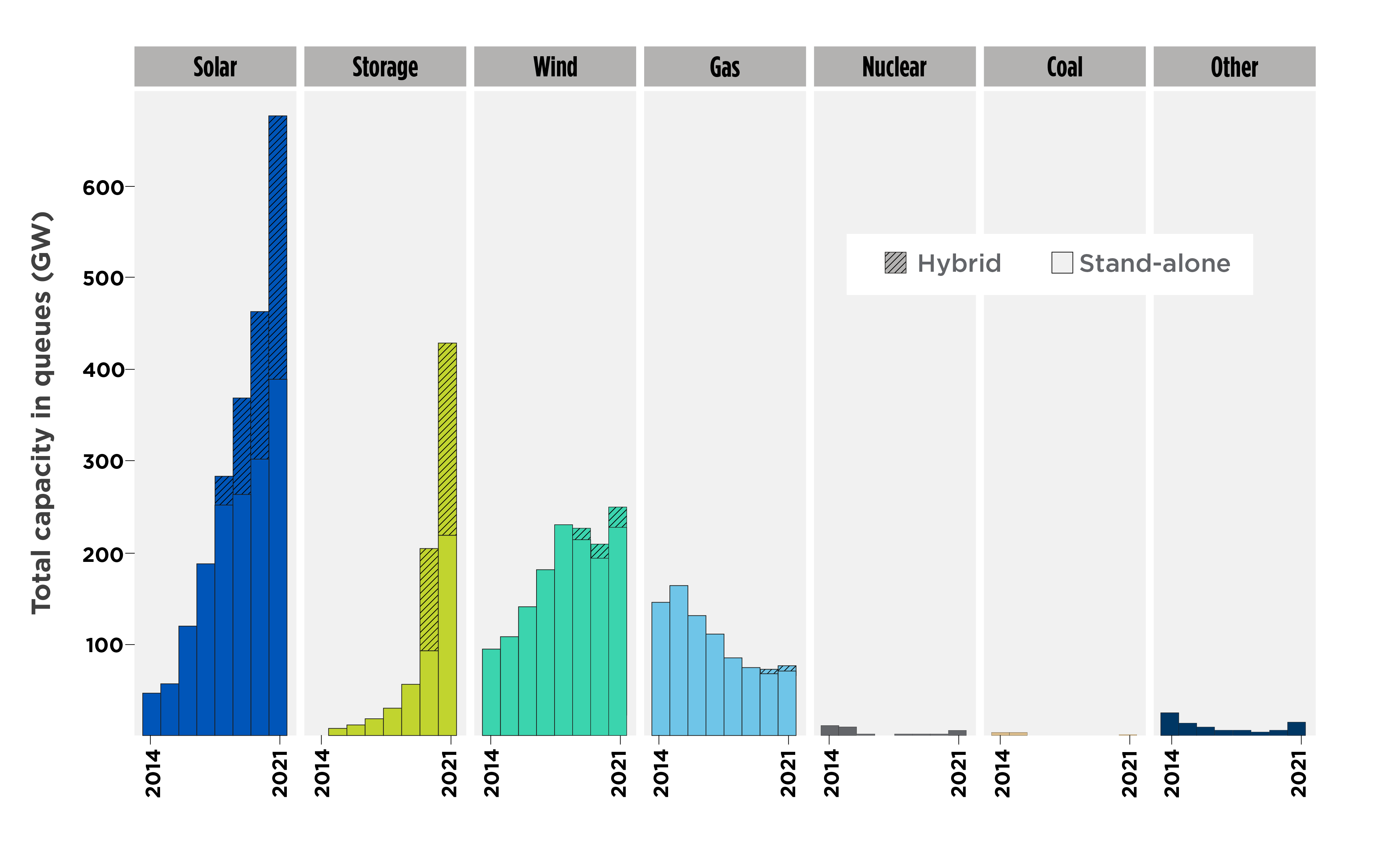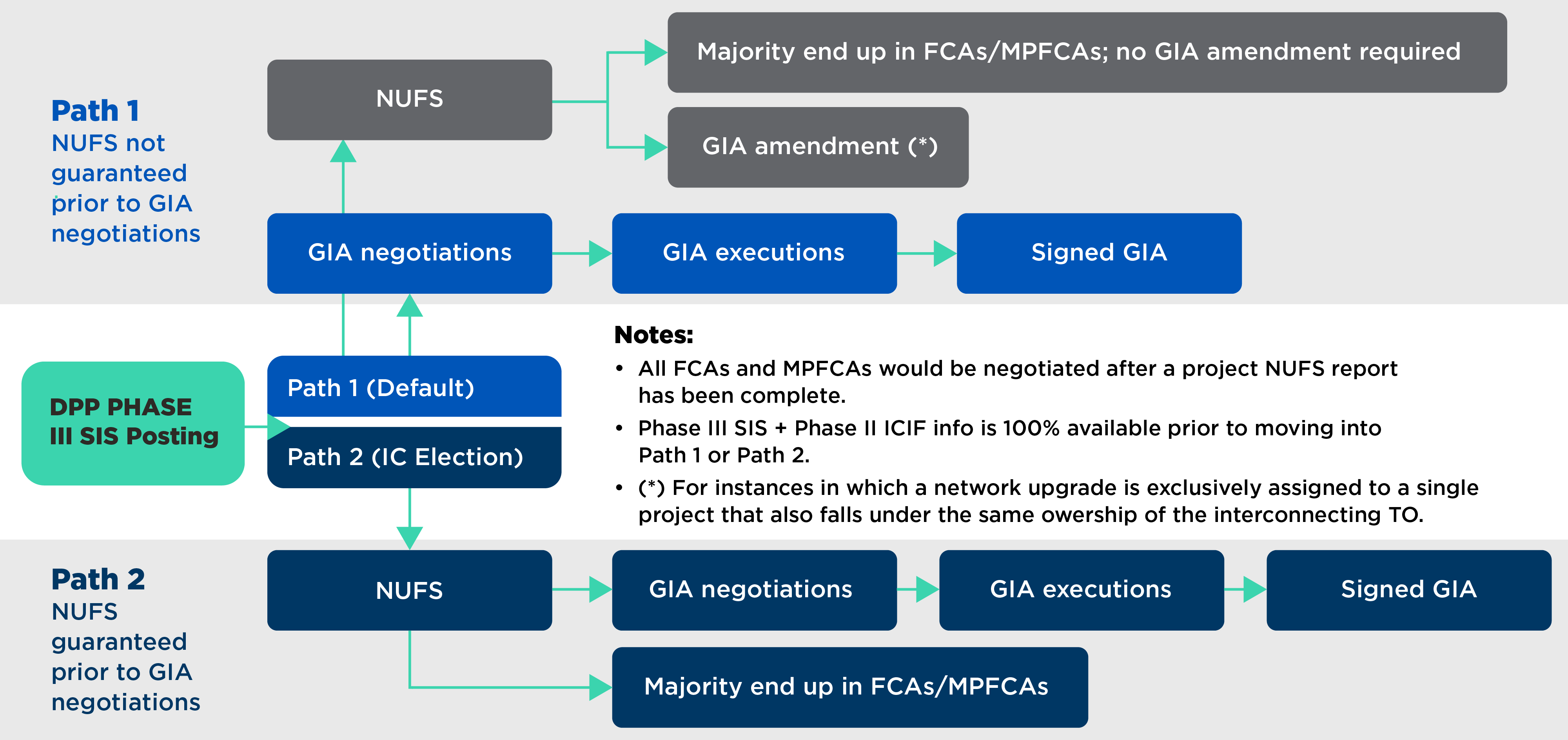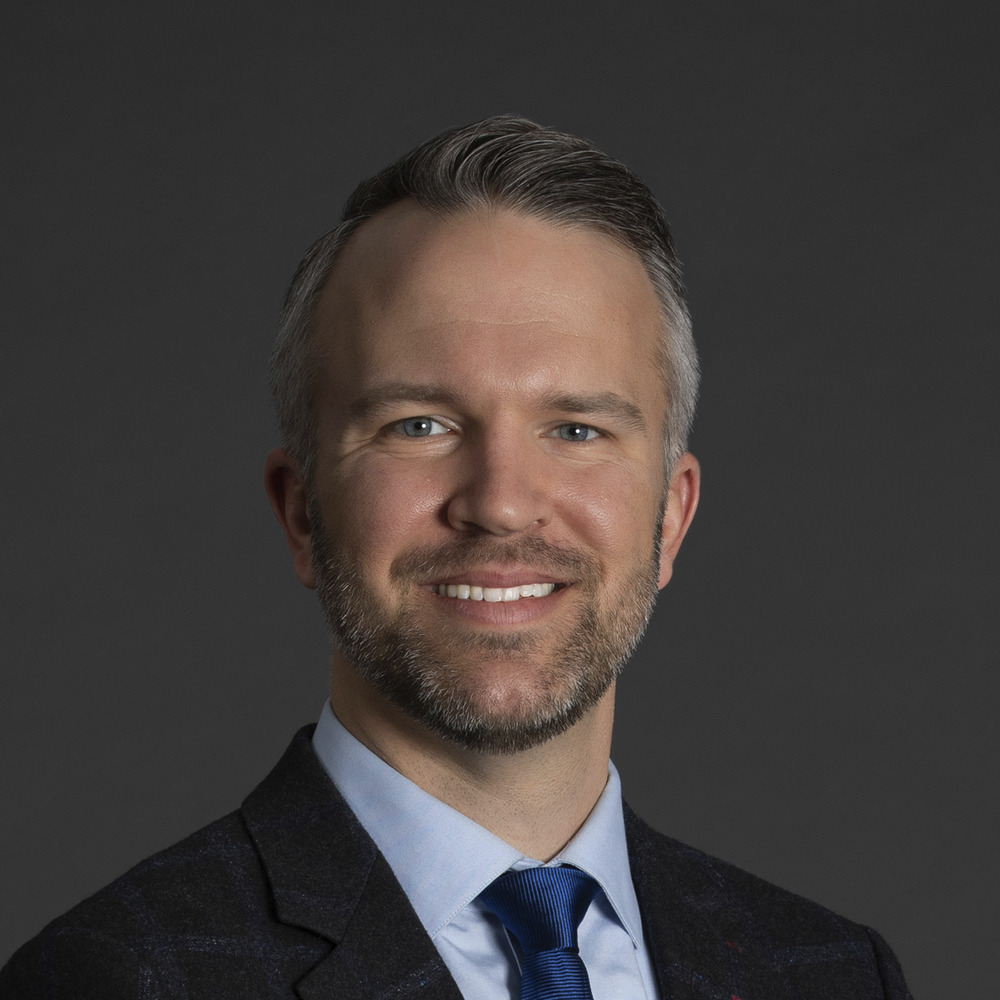Interconnection queue reform has both risks and rewards for renewables developers and transmission owners alike, but the goal of a stable, cost-effective energy supply is a shared interest. Since many specific interconnection process changes are still being defined and implementation may be some time off, how can interconnection customers prepare to adopt process improvements? While all large projects present planning and implementation challenges, the complications of developing a renewable energy project are especially great.
Integrating renewable energy generation and storage into the nation’s grid, with associated technologies and dynamic operational requirements, adds complexity to project design, planning and implementation. These projects must stay on top of changing conditions and work smoothly with individual utilities, developers and regional operators. However, several elements offer tremendous potential for renewable energy projects to increase efficiency and lower project risk. Interconnection customers who want to get ahead can incorporate these from the start.
Early Planning
While uncertainty about the interconnection processes lingers, interconnection customers want to be ready with the right team, a wise plan and a project approach that will streamline approval. Building and engaging a qualified team upfront allows interconnection customers to start project development early and facilitate more seamless results.
Upfront engagement and planning with the right group can achieve consistency, develop best practices in dealing with process uncertainties, leverage modular solutions or other cost-saving efficiencies, and allow for adaptation as changes occur. Whether undertaking the development of one renewable site or developing a template for multiple renewable projects, planning early is critical to mitigating major risks throughout the project life cycle.
Full Integration
Interconnection customers should identify a collaborative team that brings together every needed skill and service for project success, including project development, cost analysis, siting and permitting, transmission studies, utility coordination, technology selection, and construction. Given the many unknowns and different implementation requirements for the interconnection of renewable energy across the country, establishing an integrated and multidisciplinary team early makes a lot of things possible. Compiling the right skill sets and minimizing team complexity means interconnection customers can be more adaptable to changing process requirements, whether self-building assets or address shifting funding opportunities.
Open Communication
From regulators to utilities, and from local permitting to community outreach, interconnection customers must embrace open and proactive communications with many interested parties. Unintended consequences can be the result of a lack of coordination and involvement with stakeholders, significantly increasing risks to project completion and cost.
Coordination and upfront communication go a long way toward attaining project success by engaging local permitting, utility planners, contractors and communities. When interconnection builders leverage a collaborative and experienced team, they can rest assured that requirements and opportunities to keep all parties involved are baked into the plan and not overlooked.






